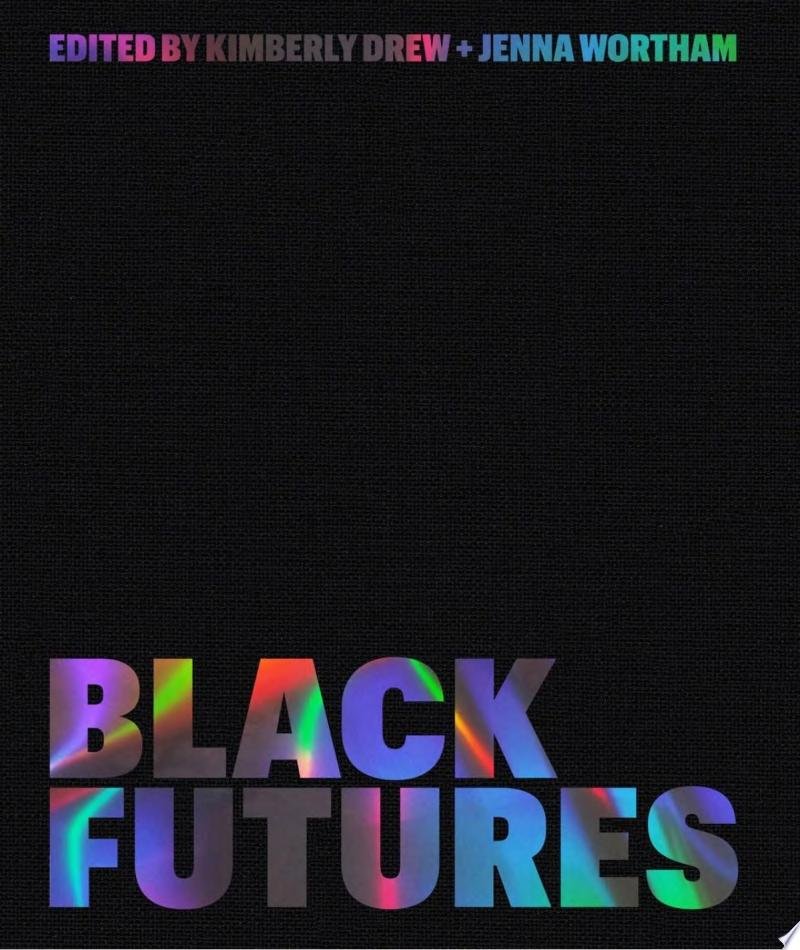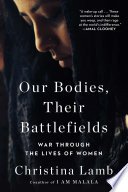Menu
- About
- Categories
Categories

Top of the pile
97
/100
I Index Overall Rating

Readers
Critics
Scholars
N/A
Author:
Kimberly Drew, Jenna Wortham
Publisher:
One World
Date:
December 1, 2020
What does it mean to be Black and alive right now? Kimberly Drew and Jenna Wortham have brought together this collection of workâimages, photos, essays, memes, dialogues, recipes, tweets, poetry, and moreâto tell the story of the radical, imaginative, provocative, and gorgeous world that Black creators are bringing forth today.
What The Reviewers Say
Scaachi Koul,
The New York Times Book Review
The New York Times Book Review
The best way to read Black Futures is, frankly, as slowly as possible. At over 500 pages, it’s heavy, literally and figuratively. Every page of this oversize illustrated book is dense, even when it’s just a few lines of white print on black background, or a sepia portrait of Representative Ilhan Omar. The book’s curators, Kimberly Drew (the former social media manager at the Metropolitan Museum) and the New York Times Magazine culture writer Jenna Wortham, advise that 'like us, this book is not linear,' nor is it meant to be read as such; you can enter and exit the project on whatever pages you choose. This freedom creates a literary experience unlike any I’ve had in recent memory — once you start reading Black Futures, you are somehow endlessly reading it, even long after you’ve devoured every page.
MANDANA CHAFFA,
The Chicago Review of Books
The Chicago Review of Books
The ambitious content is a blend of subject matter, through visual images and literary conversations from a full expanse of sources, including social media, photography, art installations, articles, texts, essays, studies and collaborations. The only missing element—understandably—is live performance (though there are discussions of theatrical events such as Jackie Sibblies Drury’s Fairview), which underscores how this compilation is a jumping off point for discussion, rather than a static destination.
Daniella Brito,
Hyperallergic
Hyperallergic
... a polyvocal anthology of Black cultures that brims with life, urgency, and radical imagination.
J. Howard Rosier,
Art in America
Art in America
With race-centered projects such as this, it’s often difficult to parse how ideas and images might affect the uninitiated, and whether their reading experience is tinged with voyeurism. But to a Black person (or at least this Black person), the feeling of being seen is all-consuming.















